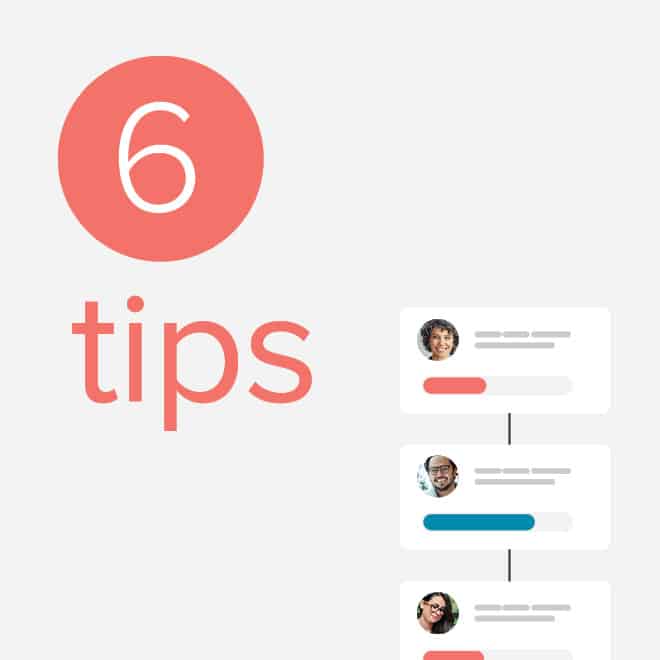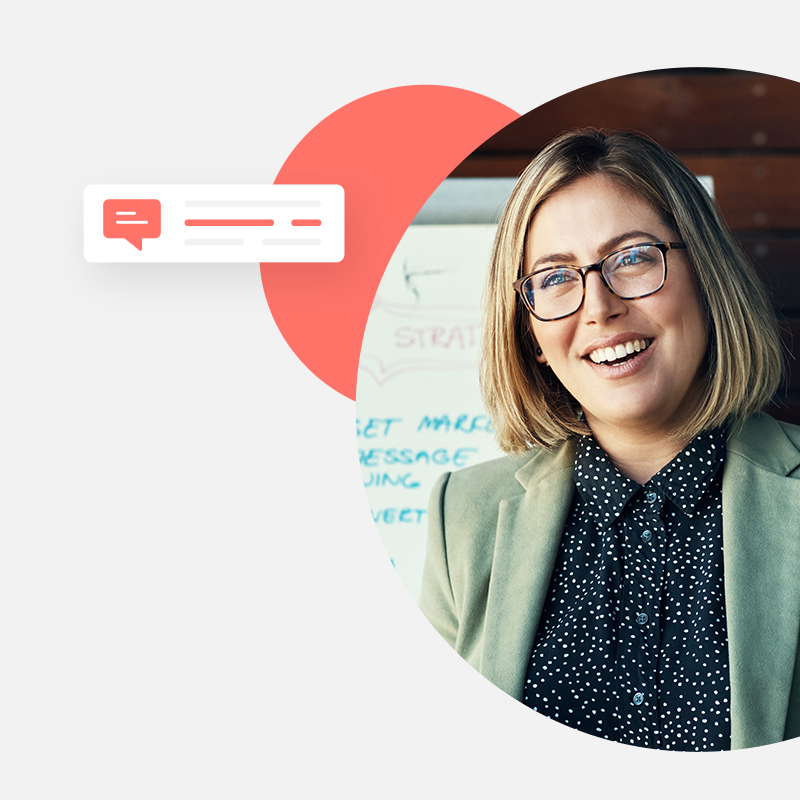The world of work is undeniably changing. To keep up with a constantly shifting landscape and maintain a pulse on their organization, senior leaders and HR managers are looking ahead. But looking ahead requires more than anticipating trends—it requires leadership to document and assess past performance while staying alert and attuned to the present.
That’s where strategic alignment comes into play. When done right, strategic alignment ensures the integrity of an organization’s structure and resources while supporting employees and keeping a keen awareness of environment and technological changes. That’s a tall task for any seasoned leader and why strategic alignment software has become a solution for companies to operate at their best.
We surveyed 215 industry leaders about their views on strategic alignment software and the practical implementation of these methodologies within an organization. 94% of senior-level decision-makers find strategic alignment highly important to their organizational initiatives with 80% of organizations implementing some type of software to support their initiatives. How do senior leaders and HR professionals know the best technology to leverage?
Strategic alignment software varies across the board in terms of applications, modules, and industries. We’ve compiled a list of tips, suggestions, and best practices to help you choose the best strategic alignment software for your business.
1. The training and implementation process
The most significant barrier to entry for organizations to use strategic alignment software is adopting new technology. This problem is ubiquitous across industries and company sizes and it makes sense — for new technology to be implemented with success, the process has to be smooth in order for employees, managers, and executives to habitually utilize the software. Product demo software can play a crucial role in easing this transition, allowing users to familiarize themselves with new tools before full implementation. What kind of training, resources, and assistance do these platforms provide? Will your leadership or HR team be responsible for not only the roll-out but for continual maintenance and education of new product features?
The Betterworks team provides exception implementation and training for new—and existing—customers. Our training and customer success managers cover staff support needs and eliminate the necessity of creating internal resources. We believe that using our tools means establishing a support system with key players, providing responsive support any manager, administrator, or leader can rely on.
2. User interface
It almost seems too obvious to state that the user interface of strategic alignment software should be usable, clean, effective, and straightforward. But no two platforms are designed alike and the success of adopting a new piece of technology depends in part on design. Is the platform intuitive to use? What are you expecting from the platform and what does it do in reality? Are you able to not only go through a demo call but also use the software over a trial period?
The Betterworks solution is designed with real employees, managers, and executives in mind. We strive for a transparent design that works with an individual, team, and organization—rather than for strictly aesthetic purposes. Part of our success in adoption rate is that our user interface is intuitive. There is no need for multi-day training sessions or weekly courses in order for a person to understand the functionalities or features of our platform.
3. Feature-adding, updates, and customer feedback
The best strategic alignment software is predicated on the notion of continual improvement. No platform can stay the same while staying relevant and usable to the customers they serve. When considering the features, modules, user interface, and support, inquire about updates that address customer needs. Does the platform consistently provide updates that reflect the trends and changes of the working world? How is customer feedback collected and implemented (if at all)?
The Betterworks solution includes a development team that specifically asks for feedback on the platform and works to integrate feature updates that our customers need to operate effectively. Our reporting found that the Betterworks team worked with customers to enhance reporting, test new environments, and remedy bugs or glitches encountered immediately. The dedication to continually making progress and upgrades that reflect the real-time issues and future tensions of our customers is key for us to provide outstanding strategic alignment software.
4. Proactive customer support
Implementation and training support is the initial step for customer support within a strategic alignment platform. But what does customer support and success look like beyond that point? Proactive customer support is incredibly beneficial for strategic alignment software to work presently—and continually. What kind of relationships between support and customer does the platform provide? Are the representatives experts in the field of operational success? What communication functions are provided (email, phone, chat, in-person)?
At Betterworks, we’re committed to providing a deep, proactive, and expert level of support to our customers. Beyond responding to customer requests, we provide on-site visits (if applicable) in order for us to understand the unique pain points, needs, and challenges associated with each organization. The on-site support coupled with representatives who are highly skilled with expert-level knowledge in organizational design, means we’re dedicated to solving complex issues for our customers with collaboration and expertise.
- Modules that focus on your needs
Strategic alignment software typically includes distinct modules that routinely direct pillars of organization success: goal-setting, conversations, feedback and recognition, reporting, and employee reviews. While you may only be seeking out a specific solution, it’s still important to understand the suite of modules offered, how they interact with each other, and what benefits those modules can provide for your company.
At Betterworks, our modules are focused on strategic advancement and change. Our customers find that they are able to directly engage with the challenges they’re facing—all while encouraging organizational transparency. Our Goals & OKRs module, for example, provides a natural way for employees to set personal goals. Providing a single place to hold and track goals gives individual contributors ownership over their contribution to the company while allowing leadership to see directly the impact of daily work. Our Feedback & Recognition module is designed to tear down silos between teams and departments—providing a space for peer-to-peer feedback as well as the opportunity for companies to recognize each other in bespoke ways that dovetail with their internal culture.
- Actionable insights
Once the specific strategic alignment software is chosen, how do you know your employees are utilizing it? Does the platform provide reporting and insights related to individuals using modules? Making sure that the software you choose goes a step beyond the adoption process and allows you to transparently see if your company is interacting with the software is imperative. Are you able to see at an individual level who is working on objections, for example? Are you able to track progress and match them to your strategic cycle? What insights, specifically, can you glean from the software?
Betterworks allows customers to easily track the number of performance metrics across their company with a high degree of visibility. We understand that there is a huge gap in adoption between how many employees are on the platform versus how many employees are actively going in, sharing, and utilizing the features of the software. We believe tracking and metrics related to the level of employee engagement with Betterworks’ modules should be as transparent as possible—in other words, we’re looking for true adoption and success, not vanity metrics. We prioritize the metrics that help our customers adjust internal strategies to ensure their company is meeting personnel and business development goals. What’s working, where are employees getting stuck, and how can we work together to improve?
Achieving strategic alignment helps organizations improve in so many ways: transparency, retention, performance management, and decision-making—just to name a few. Read our research report for more information.







